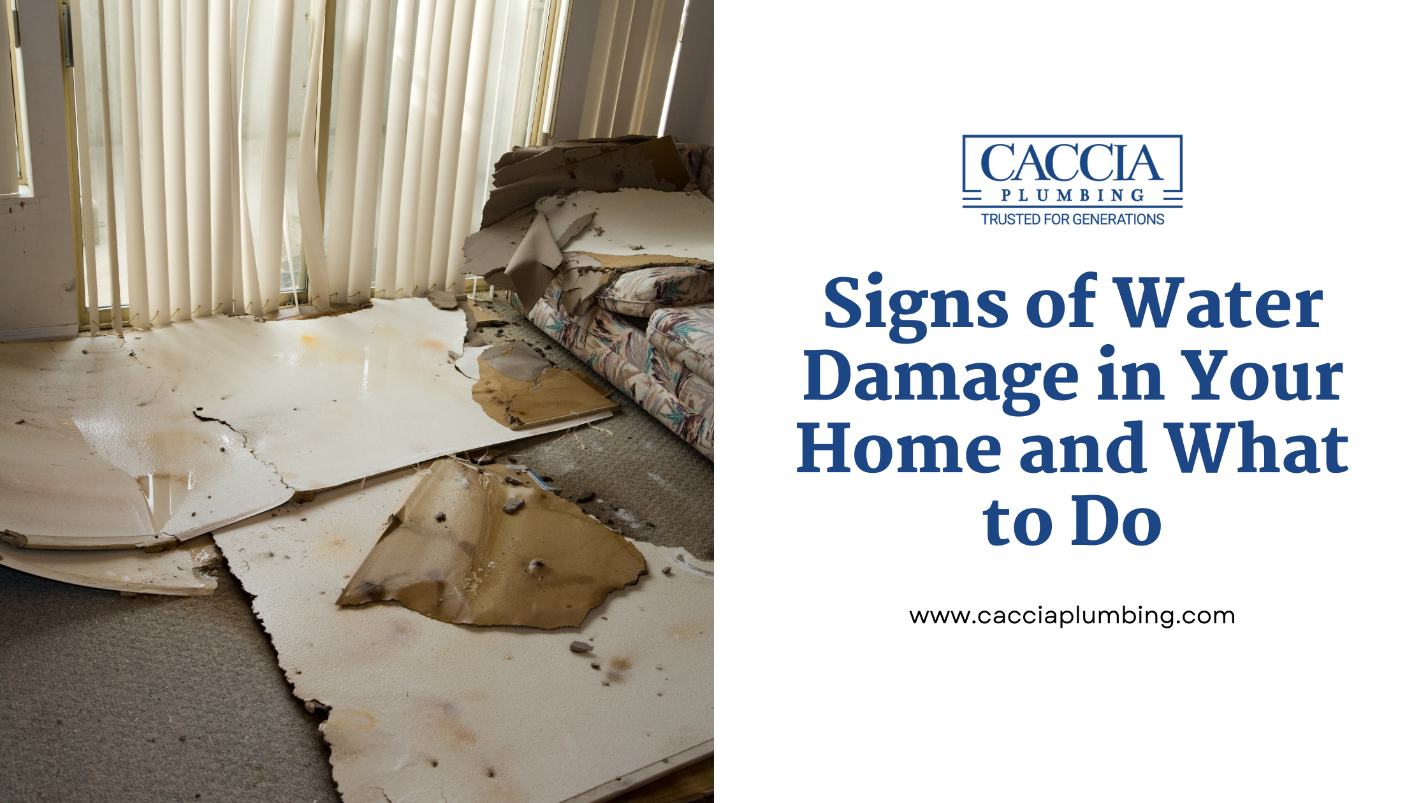Water damage can strike your home in a variety of ways, but the overall impact is always the same. Repairs are expensive, and you’ll need to contact your insurance company. When your home sustains water damage, it will begin to exhibit symptoms that will alert you to the situation. It is critical that you recognize the indicators of water damage in your home so that the problem may be resolved immediately and efficiently.
Water damage to your home could result from the following issues:
- A ruptured pipe
- Your roof leaks.
- Storm-related damage
- Flooding
- Accidents caused by humans (Overflowing baths etc.)
Water Stains
Large water stains on your walls or ceilings are the most evident indicator that you have a leak or a burst pipe somewhere in your house. A water stain on your ceiling suggests that there is a leak on an upper level. These kinds of water stains are especially common in locations with a bathroom or a kitchen. If you discover a water stain, track it down to its source and assess the severity of the situation before contacting your insurance company.
Swelling in Your Walls
If you notice swelling in your walls, it could indicate a major issue. Swelling or buckling of your walls indicates that the wood or drywall has absorbed a significant amount of water, especially if the result is visible. This could be the result of ongoing absorption from a little leak, or it could be the result of a storm or flood.
Damp Smell
Not all water damage signs are visible; for example, a strong odor of mildew and moisture is a major red flag. If you smell mold in your house, it signifies that the problem is inside your walls. Many older homes have a small damp odor that adds to their character, but it should only be a minor odor. If you discover a strong odor in your home, you should get the matter checked.
Listen
Although it may appear weird, you might probably hear leaks in your home. Stopping and listening is one of the simplest ways to detect leak signs. Turn off all electronic devices and go to the room you suspect has a leak on a rainy day. Listen to the rain and it should sound like it’s sliding off your roof. Water dropping through your roof will produce a different sound than you are accustomed to hearing. The sooner you notice water damage, the sooner it may be repaired.
How Bad Is Water Damage?
There is no easy way out of this. Water damage is terrible and has a lot of effects. First and foremost, there is water damage, which affects building materials, appliances, fixtures, and furniture as it sits and pools, with electronics being particularly vulnerable. Mold thrives on water damage and is especially dangerous when moisture hides behind walls and in other difficult-to-reach spots. What’s scarier? Water damage causes health risks depending on where the water comes from, as sitting water often contains a variety of germs and bacteria.
What to Do When There Is Water Damage
Some urgent practical and safety problems arise when there is a flood or major leakage. These are the initial actions to do.
- Children and pets should be removed from the home, especially if the damage is extensive.
- If at all feasible, collect any valuables that are within reach and attempt to stop the leak by addressing the root cause.
- If the breaker box is in a dry area of the house, turn it off. Otherwise, don’t. If the breaker box is even remotely close to water damage, stay away from it to prevent electric shock. If it is damp or next to the water, call the utility provider and ask them to turn it off on their end. Ask them to send someone out if doing so isn’t possible.
- As soon as you can, get in touch with your insurance company and be straightforward about the degree of the water damage and the reason.
- Wait for experts to arrive if the water damage occurred from a backed-up sewer or if the water is grey or black because doing so poses a major biohazard risk.
Call us at (650) 342-5363 or visit our contact page if you think your house has water damage or you would just want to learn more about the signs.

